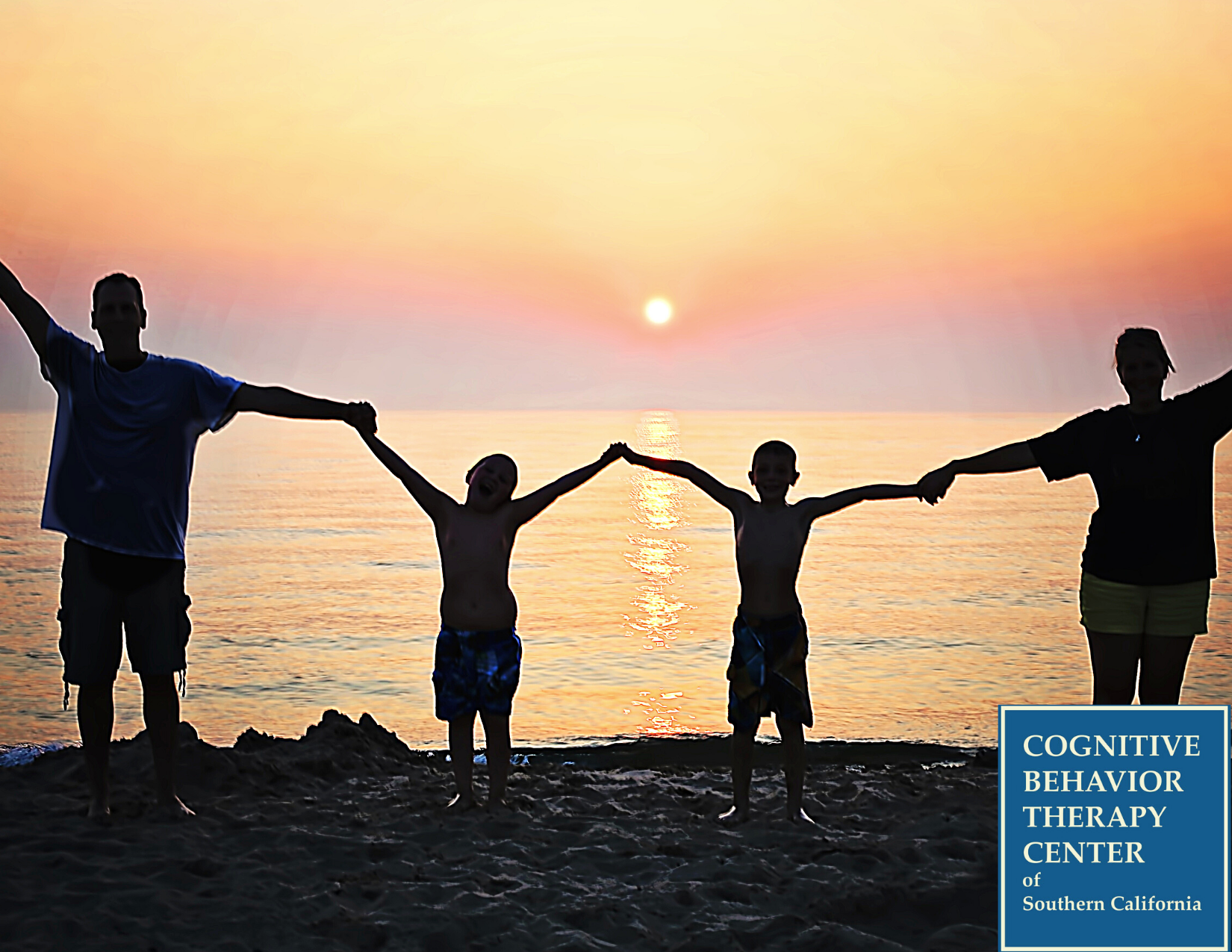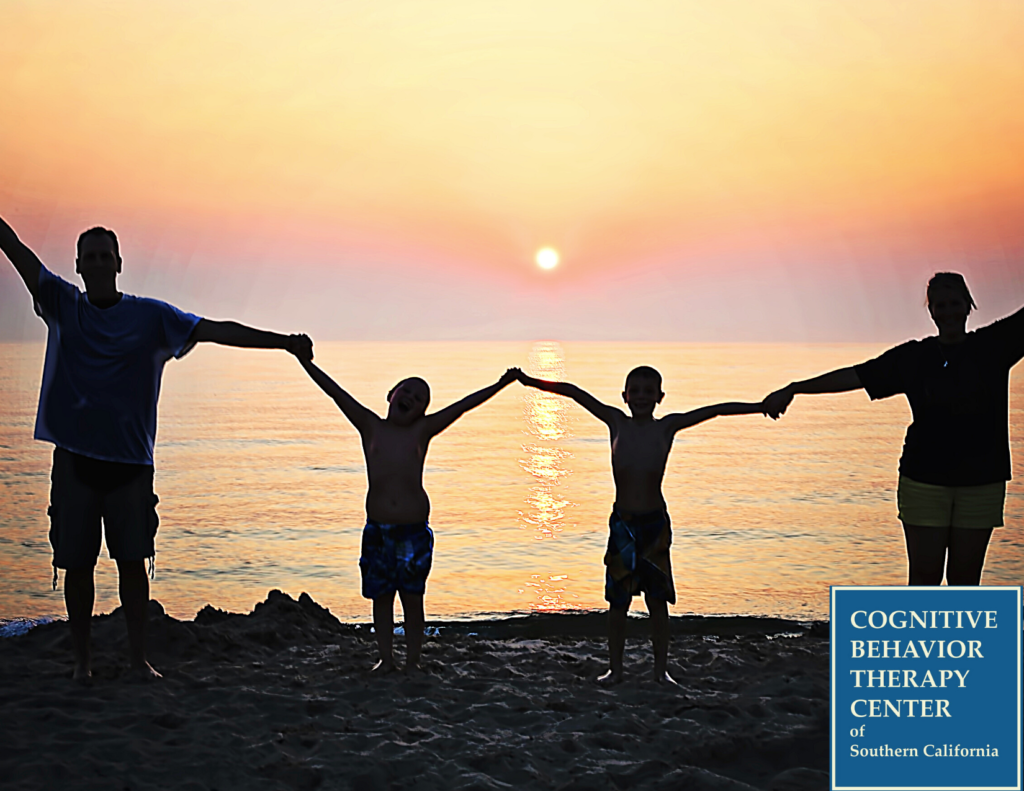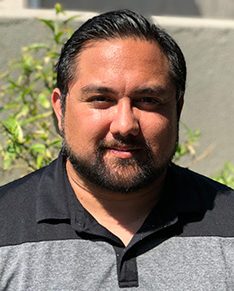How do you resolve family conflict when you’re stuck at home?


Before the onset of the COVID-19 pandemic, spending time at home may have conjured feelings of “family togetherness.” However, after nearly a year of varying degrees of required sheltering in place, many families and couples are finding themselves under stress and at odds with each other. Unfortunately, there is no “quick fix” when it comes to family conflict. Addressing and resolving conflict within a family or couple requires patient and diligent work. The Center for the Study of Traumatic Stress (CSTS) recommends four strategies that when applied can help families manage conflicts while stuck at home together.
How do you practice active listening?
Active listening is a vital part of managing family conflict. Feeling understood can go a long way to reduce tension even when conflict remains. The CSTS recommends that family members focus on listening and understanding each other versus rebutting arguments. It is helpful to for family members to repeat back what they heard and ask if their understanding is correct.
How do you solve problems as a family?
The CSTS recommends that families begin problem solving by using active listening to come to a shared understanding of a problem. Families should then set an agenda to work on addressing a single issue. Next, families can begin brainstorming several possible solutions while being careful to not judge or rule out possibilities. Next, families should review possible solutions and come to a mutually agreed upon compromise. For example, “We can both cook dinner 3 nights a week and we can order delivery one night a week.” Lastly, each family member should periodically check in with each other and discuss continuing or revising the plan.
How do you practice self-regulation?
Actively listening to each other and solving problems as a family can be very difficult when emotions are high. The CSTS recommends mindfulness as a tool for self-regulation. Mindfulness is often thought of as the process of non-judgmentally paying attention to the present moment. The CSTS recommends the following mindfulness exercises:
- Notice intense negative emotions and describe them to yourself without judgment.
- Notice intense negative emotions and accept them at face value rather than denying or avoiding them.
- Identify topics that provoke intense emotions that may require more time, or professional help, to remediate.
- Allow emotional intensity to decrease and recommit yourself to active listening and problem solving.
Are timeouts helpful?
The CSTS recommends that family members utilize timeouts to practice self-regulation skills. Family members can reduce conflict by encouraging each other to be mindful of their emotions and use a timeout when needed. Families can develop an agreed upon method of signaling a timeout such as making a “T” using a hand gesture. Once a timeout has been signaled, family members should go to separate locations and practice self-regulation skills for an agreed upon time (e.g., 20 minutes). Once both family members are ready, they can resume their discussion.
There are no easy easy solutions when it comes to family conflict. However, cognitive behavior therapy (CBT) can help address the emotional stress and underlying beliefs contributing to the conflict. If you are interested in learning more about CBT schedule a free phone consultation.

Dr. Jason von Stietz specializes in Cognitive Behavior Therapy and Sport/Performance Psychology in Torrance, CA. He provides online therapy (telehealth) by way of the Torrance office and is available for a free initial phone consultation. Dr. von Stietz works with individuals from Long Beach, the greater Los Angeles area, and the South Bay including Palos Verdes, Redondo Beach, Hermosa Beach, Manhattan Beach, El Segundo and all over California.
